The color you choose for your room plays a significant role in setting the tone and enhancing the atmosphere of your space. Whether you’re looking to create a calm retreat, a lively gathering area, or a cozy sanctuary, selecting the right hue is essential. This guide offers practical advice on how to choose the perfect color for your room, along with visual examples to inspire you. By considering factors such as room size, lighting, and the mood you wish to create, you’ll be able to transform your space into a reflection of your personal style.
What Color Should I Paint My Room?

Choosing the perfect color for your room is an exciting yet sometimes challenging task. Ultimately, the color you select should reflect your personal style while enhancing the overall atmosphere you want to create. Whether you’re aiming for a calming retreat, a vibrant living area, or a cozy space, the right color can transform the room’s entire look and feel.
When deciding on a color, consider the existing elements in the room. The furniture, flooring, and decor all play a significant role in achieving harmony. For example, if you have dark wood furniture, lighter wall colors can create balance, while bold accent shades can add character. Similarly, if your flooring has a warm tone, cool-toned walls can provide a striking contrast.
Another critical aspect is lighting. Natural light can make colors appear brighter, while rooms with limited light might benefit from warm or neutral tones to avoid feeling too dark. Additionally, the size of the room can influence your choice. Light shades make smaller spaces appear more open, while deeper tones add warmth and intimacy to larger areas.
By evaluating these factors, you’ll be better equipped to choose a color that not only matches your taste but also enhances the functionality and visual appeal of the space.
How do I Choose The Right Color for My Room?
Choosing the right color for your room involves considering its purpose, lighting, size, existing decor, and the mood you want to create. For bedrooms, calming colors like blues and greens work best, while warm tones such as yellows and oranges energize living or dining areas. Light shades can make small rooms feel more spacious, while darker tones add coziness to larger spaces.
Natural light plays a key role, as lighter hues brighten dimly lit rooms, and bold colors thrive in well-lit spaces. Additionally, consider your furniture, flooring, and accents to ensure the color complements or contrasts effectively. Always test paint samples on your walls and observe them in different lighting before making a final decision. Use these tips to help you choose:
1-Consider Your Preferences
Think about the colors you naturally gravitate towards. Your favorite colors can serve as a good starting point. Consider any existing color schemes in your home or furniture that you’d like to complement.
2-Determine the Mood
Reflect on the vibe you want the space to have. Colors have a powerful influence on the emotions they evoke, helping to shape the overall vibe of the room. For example, blues and greens can promote a feeling of tranquility, while reds and yellows can introduce warmth and vitality.
3-Assess Natural Light
Take note of how much natural light the room gets. Rooms with plenty of natural light can typically handle darker shades, while spaces with limited light may benefit from lighter colors to help brighten the area.
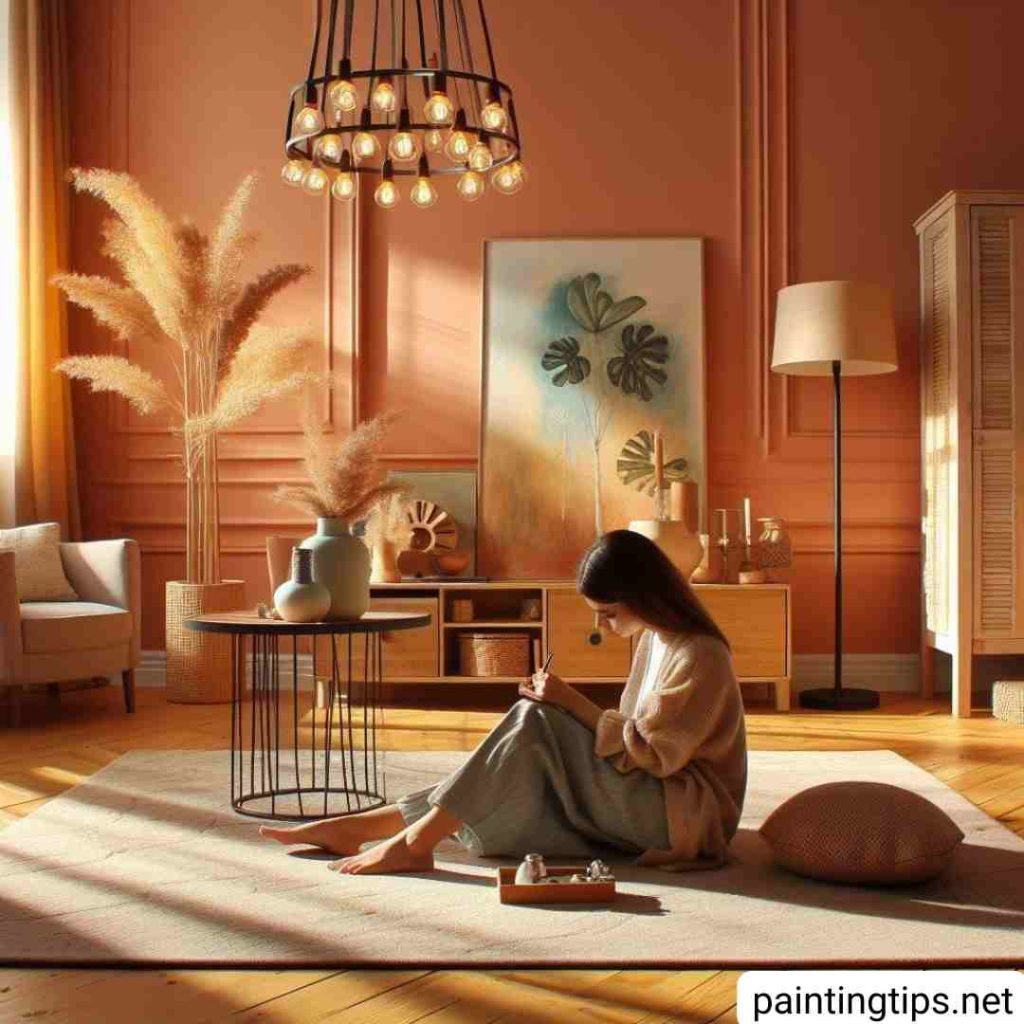
4-Consider Room Size
Dark colors can make a room feel cozy, but may also make it seem smaller. Lighter colors tend to open up a space and make it feel more expansive.
5-Test Paint Samples
Purchase small samples of your top color choices and test them on a small section of the wall. Observing the colors in different lighting conditions will help you make a more informed decision.

6-Explore Color Psychology
Explore color psychology to gain a deeper understanding of how different colors can affect your mood. This knowledge can offer valuable insights into how colors influence the atmosphere of a room and help you choose the right tones to create the desired ambiance.
7-Coordinate With Existing Elements
Consider the colors of your existing furniture, bedding, and decor. Choose a color that complements or contrasts with these elements, depending on your preference.
8-Gather Inspiration
Explore interior design magazines, websites, or platforms such as Pinterest to gather inspiration. Take note of color combinations and styles that captivate your personal taste.
9-Think Long-Term
Consider whether the color you’re choosing is a trend that might lose its appeal quickly, or if it’s a timeless choice that you’ll enjoy for years to come.
10-Get Opinions
Seek input from friends, family, or online communities, as an outside perspective can provide helpful insights. Keep in mind that the color you choose should reflect your personal style and create a space that makes you feel relaxed and content. Take your time making the decision, and don’t be afraid to test samples on your walls before settling on the final color.
What Color Should I Paint My Rooms?

Finally, before deciding on the color of your room, we would like to give information about the characteristics of colors.
1-Blue Room Color
Famous for its calming and soothing qualities, a blue room color creates a peaceful, tranquil atmosphere in your space. Choosing lighter shades can make the room appear larger, giving the illusion of more space and opening up the visual flow.
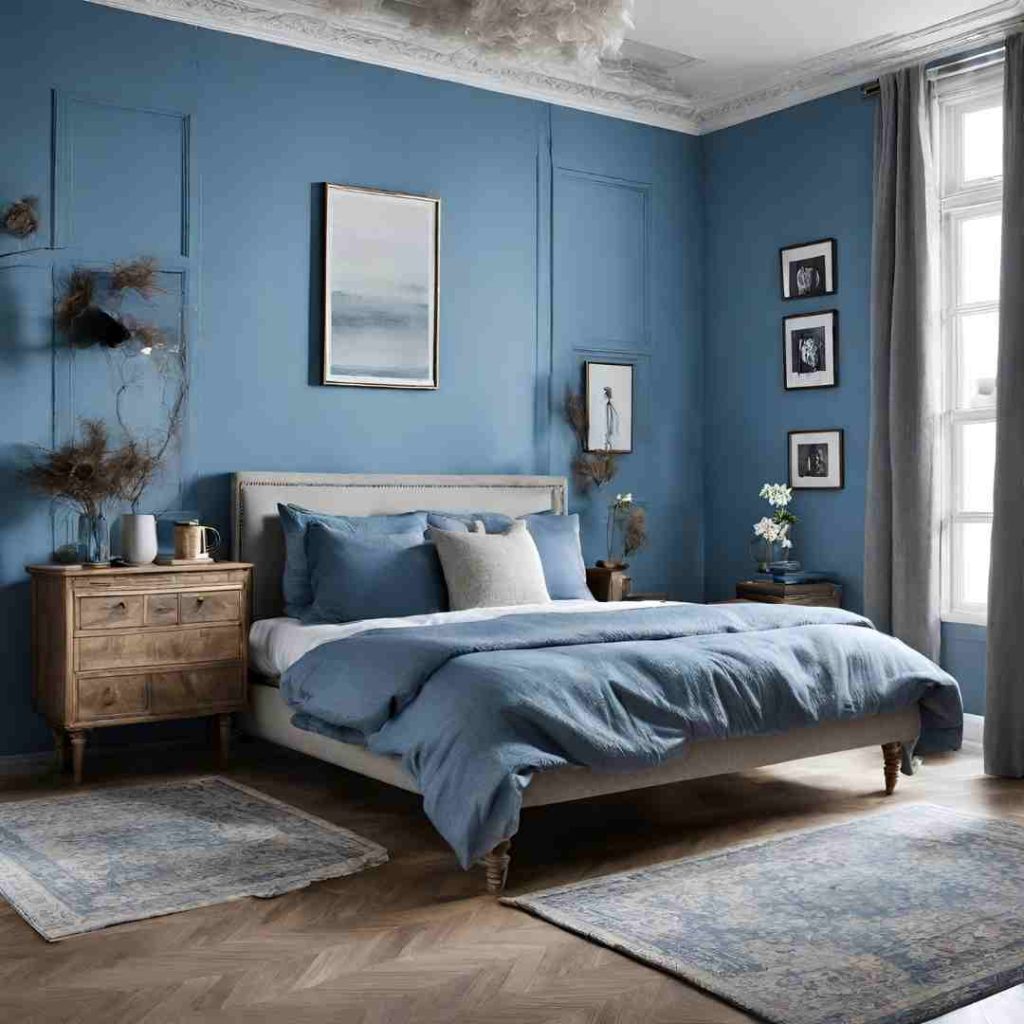
2-Green Room Color
Nature’s hue, a green room color, breathes freshness and relaxation into your surroundings. Its versatility allows it to seamlessly blend into bedrooms or living spaces, fostering a connection with the outdoors. “Related: curtains on green walls.”
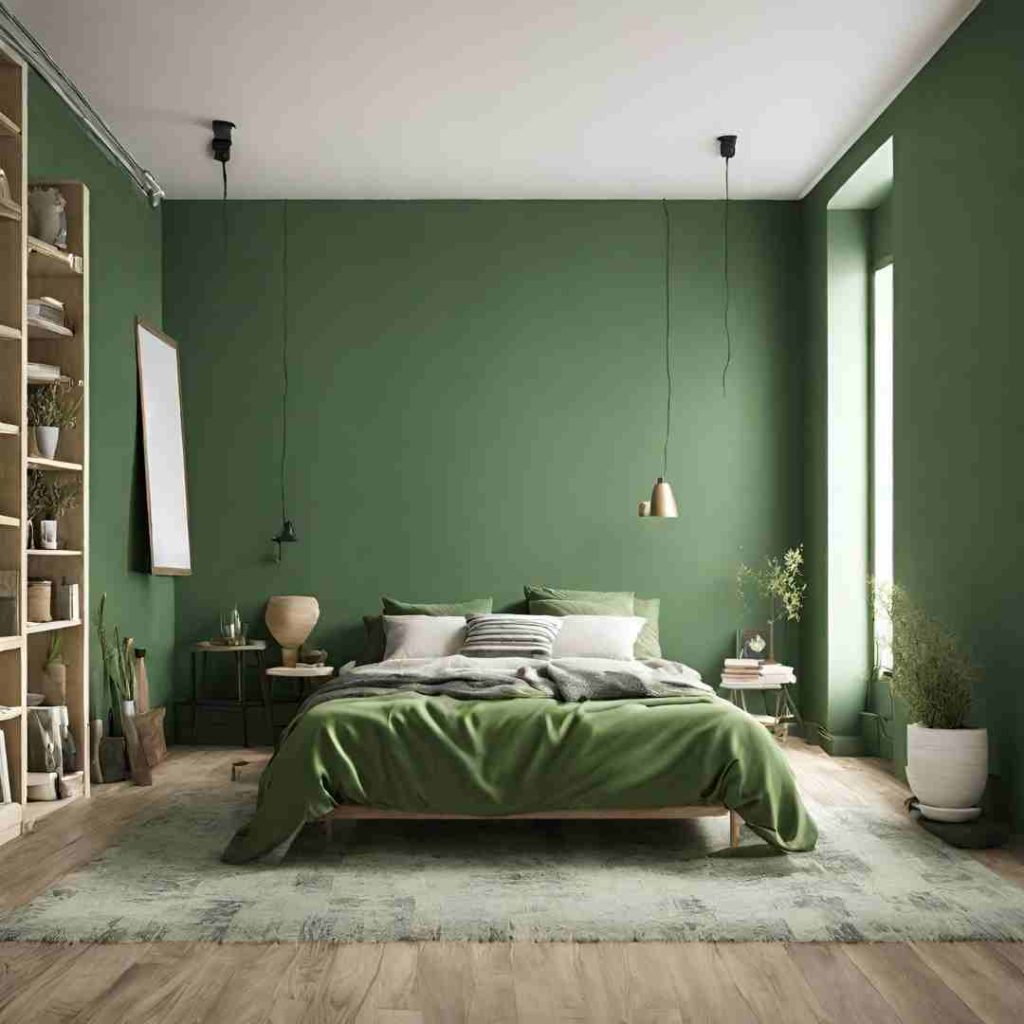
3-Beige Room Color
A beige room color exudes warmth and sophistication, creating a neutral backdrop that complements various decor styles. Its timeless appeal makes it a versatile choice for living rooms, bedrooms, or even home offices, fostering a cozy and inviting atmosphere.
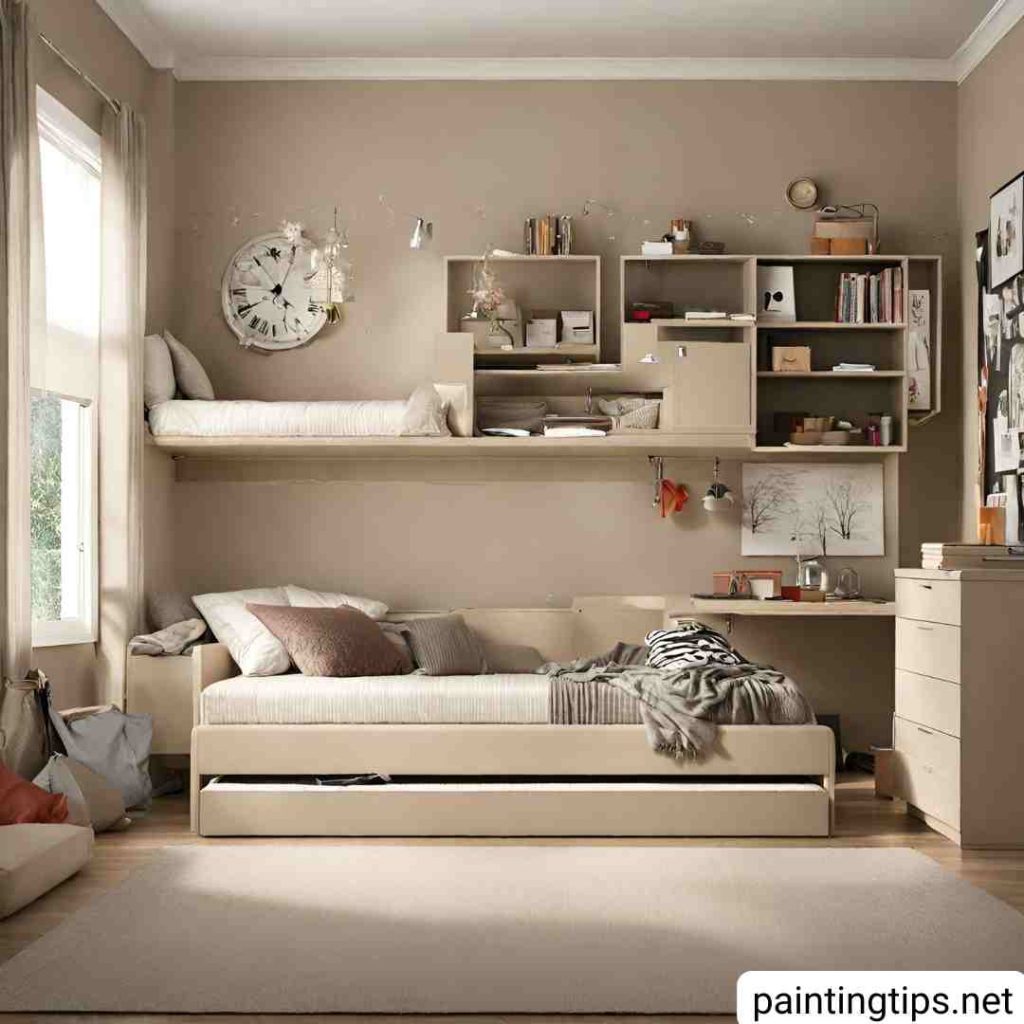
4-Gray Room Color
Gray room color strikes the ideal balance between contemporary sophistication and adaptability. Its subtle, neutral tone acts as a refined canvas, letting vibrant accents or gentle textures take center stage. Perfect for living rooms, bedrooms, or workspaces, gray fosters a serene, modern ambiance that complements a wide range of design styles. “Related post: Accent wall for gray room.”

5-White Room Color
A white room color represents timeless simplicity and freshness, transforming a space into a bright and open environment. Its versatility allows it to seamlessly blend with both bold and subtle accents, making it suitable for any room. White amplifies natural light, offering a clean, crisp foundation that complements a wide array of design aesthetics. “Related: best curtains for white walls“

6-Red Room Color
A red room color infuses a space with vitality, passion, and warmth, making it an excellent choice for creating striking focal points. Whether in a living room, dining area, or as an accent wall, red sparks energy and encourages conversation, adding a dynamic, lively feel. It’s the ideal hue for spaces where excitement and bold drama are desired.
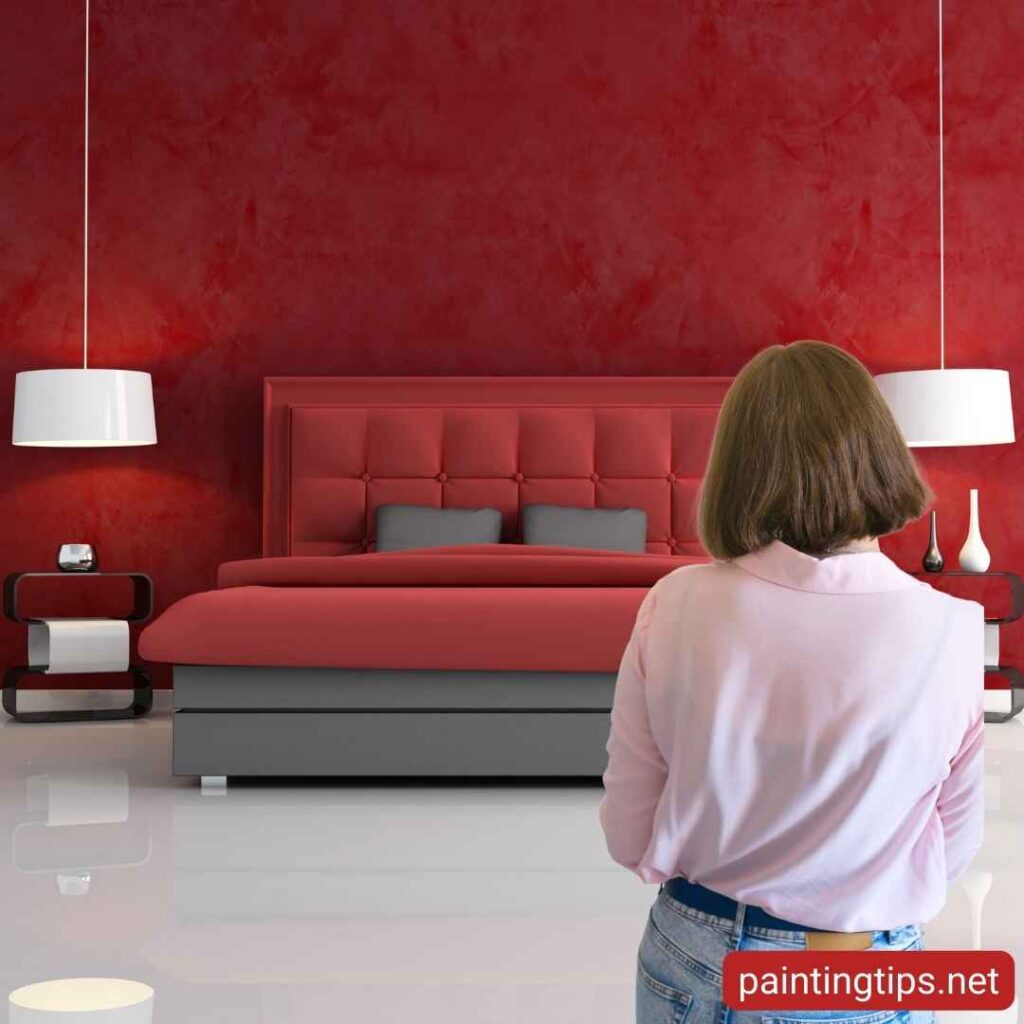
7-Orange Room Color
An orange room color brings warmth, creativity, and vibrancy to a space, energizing the environment with its lively presence. It’s an ideal choice for areas like living rooms or kitchens, where social interaction and activity are at the forefront. Orange creates an inviting, dynamic atmosphere, offering a vibrant pop of color that energizes the room without being overwhelming.
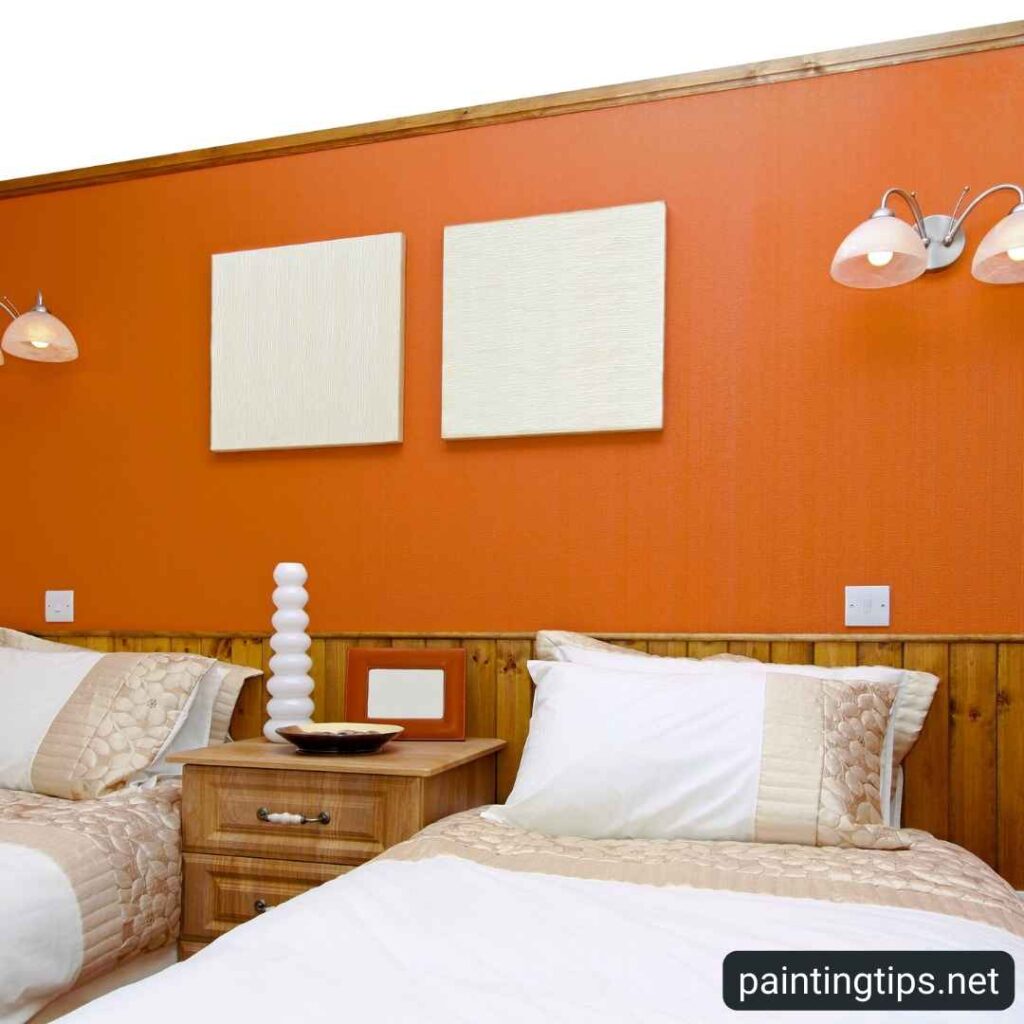
8-Yellow Room Color
A yellow room color exudes warmth, positivity, and energy, making it the perfect choice for spaces that need a cheerful, uplifting vibe. Ideal for kitchens, living rooms, or bedrooms, it sets a bright and welcoming mood. Yellow brings a ray of sunshine into any room, infusing the space with a cozy yet vibrant ambiance.
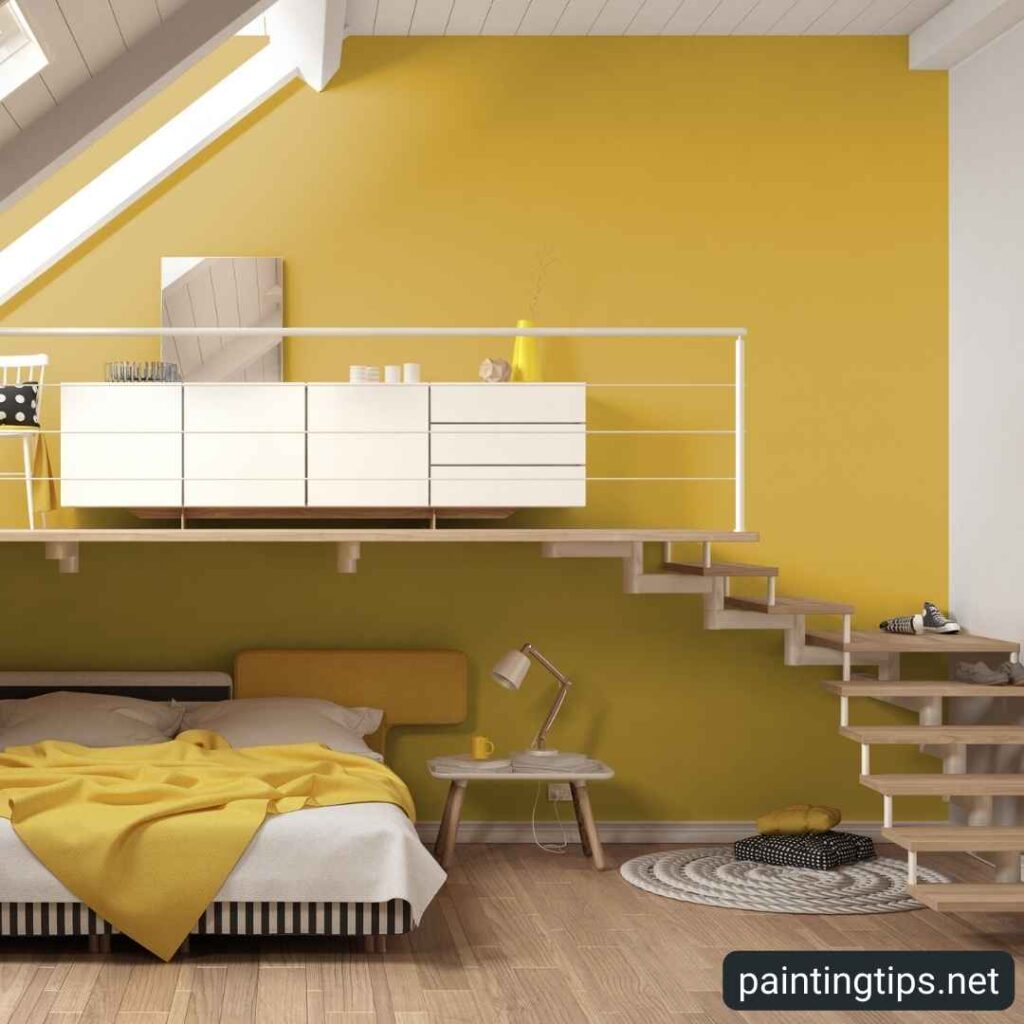
9-Brown Room Color
A brown room color creates a warm, earthy atmosphere, bringing a sense of comfort and stability to your space. It’s a versatile, grounded hue that pairs well with neutral or vibrant accents, making it perfect for living rooms, bedrooms, or home offices. Brown adds a natural, cozy feel while providing a timeless and sophisticated backdrop.

10-Pink Room Color
A pink room color adds a soft, romantic, and playful touch to any space. Whether used in bedrooms, nurseries, or accent walls, pink creates a warm and inviting atmosphere. From delicate blush to vibrant fuchsia, pink brings a sense of comfort and cheerfulness, making the room feel both cozy and stylish.
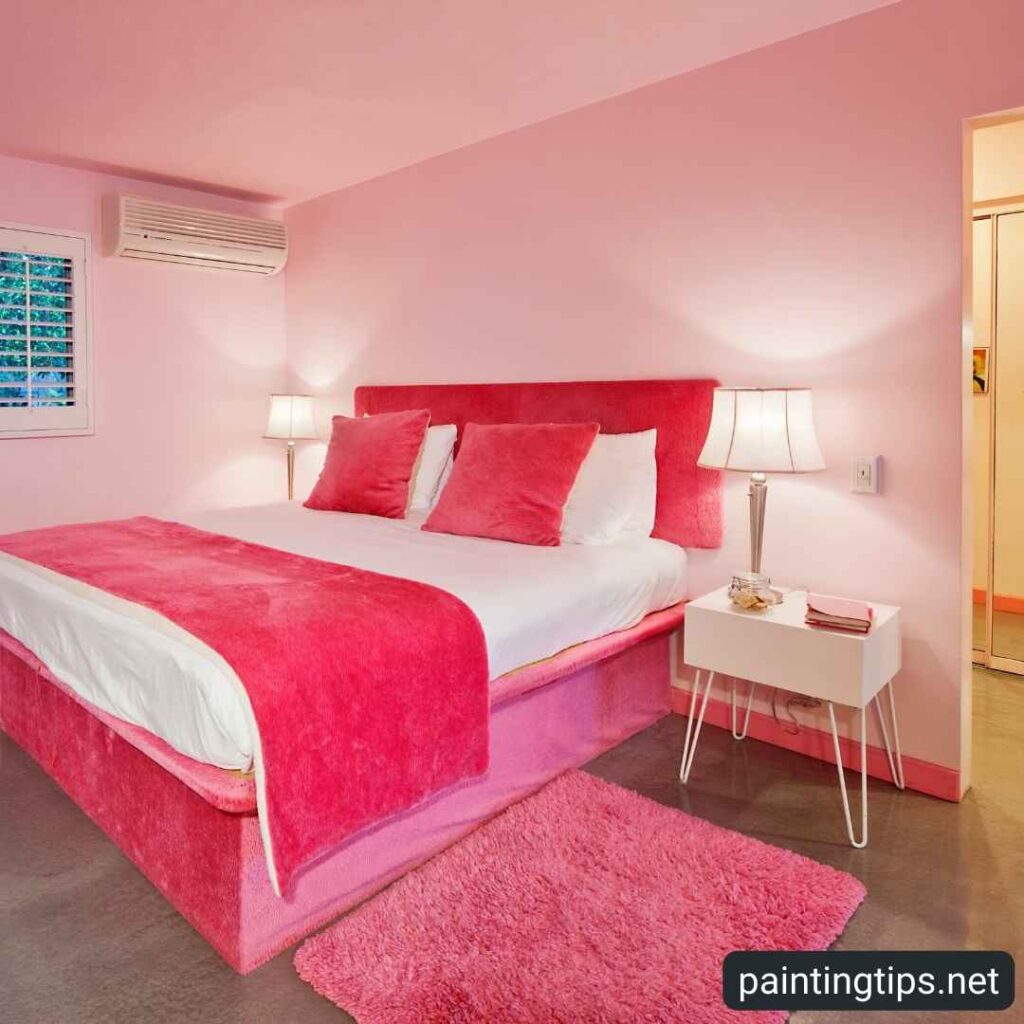
11-Lilac Room Color
A lilac room color brings a serene and calming vibe, blending the softness of purple with a gentle touch of elegance. It’s perfect for creating a peaceful, relaxing atmosphere in bedrooms, living rooms, or even home offices. Lilac adds a sophisticated yet soothing touch, making the space feel light, airy, and inviting.
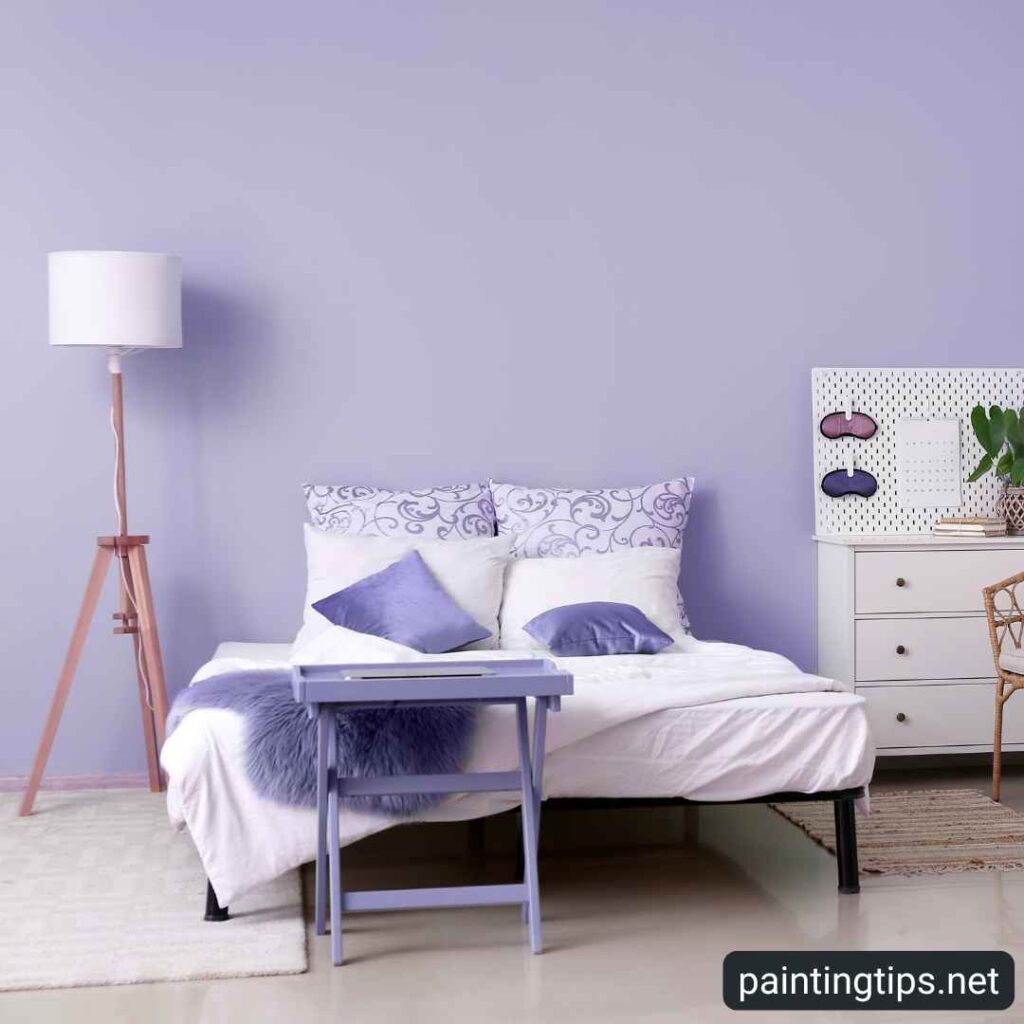
Frequently Asked Questions
What is the Rule for Wall Colors?
When it comes to wall colors, the main rule is to choose shades that complement both the room’s function and the existing decor. Lighter colors like whites, creams, and pastels work well in smaller spaces as they can make the room appear larger and more open. Darker colors create a cozy, intimate feel and are ideal for larger spaces or rooms meant for relaxation, like bedrooms. Additionally, consider the lighting—natural light can make a color appear brighter, while artificial light may warm up or cool down the tone. Ultimately, the key is balance: your wall color should enhance the mood of the space while coordinating with your furniture, flooring, and other design elements.
What is the Happiest Color to Paint a Room?
The happiest color to paint a room is typically considered yellow. It’s bright, cheerful, and energizing, instantly creating an uplifting atmosphere. Yellow is associated with sunshine, positivity, and warmth, making it a perfect choice for spaces where you want to foster a joyful and vibrant mood. It works especially well in kitchens, living rooms, or areas where social interaction is key. However, be mindful of the shade; lighter yellows tend to create a soft, welcoming feel, while bolder tones can bring an exciting burst of energy.
Which Wall Color Gives Positive Energy?
Wall colors that promote positive energy often include soft, warm shades like light yellow, soft green, and peach. These colors are associated with warmth, renewal, and harmony. Light yellow, for example, brings happiness and brightness to a room, while soft green evokes a sense of calm and balance, often linked to nature and growth. Peach, a warm blend of orange and pink, creates a friendly, welcoming atmosphere. Choosing these hues can help infuse a room with a positive, uplifting vibe, making them perfect for spaces where you want to encourage energy and well-being.
Which wall color gives negative energy?
Wall colors that can sometimes give off negative energy are typically darker, overly intense, or muted shades, such as deep red, dark brown, or black. Deep red can feel too aggressive or overpowering, potentially causing stress or tension in a room. Dark brown may make a space feel heavy or closed off, and too much black can create a sense of gloom or isolation. While these colors can add drama and sophistication in moderation, using them excessively in a room can lead to feelings of discomfort or negativity. It’s important to balance these colors with lighter or brighter tones to keep the atmosphere inviting and balanced.